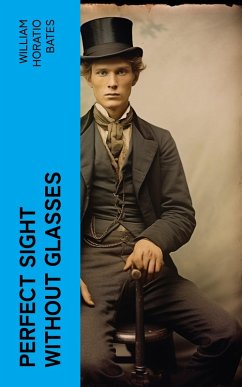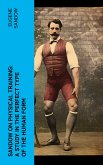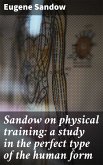According to this book, patients with eye conditions like unclear close and distant vision, astigmatism, crossed/wandering eyes, cataracts, and glaucoma can relieve their symptoms by performing some physical practices or eye gymnastics. The methods presented here are safe and can be used by children. The practices are based on the principle of multiple repetitive relaxations of eye muscles, which we don't have a habit of practicing on a daily basis. This historical book is especially interesting today when sight issues have become a common problem, and the burden on our eyes has increased tenfold.
Dieser Download kann aus rechtlichen Gründen nur mit Rechnungsadresse in A, B, BG, CY, CZ, D, DK, EW, E, FIN, F, GR, H, IRL, I, LT, L, LR, M, NL, PL, P, R, S, SLO, SK ausgeliefert werden.









